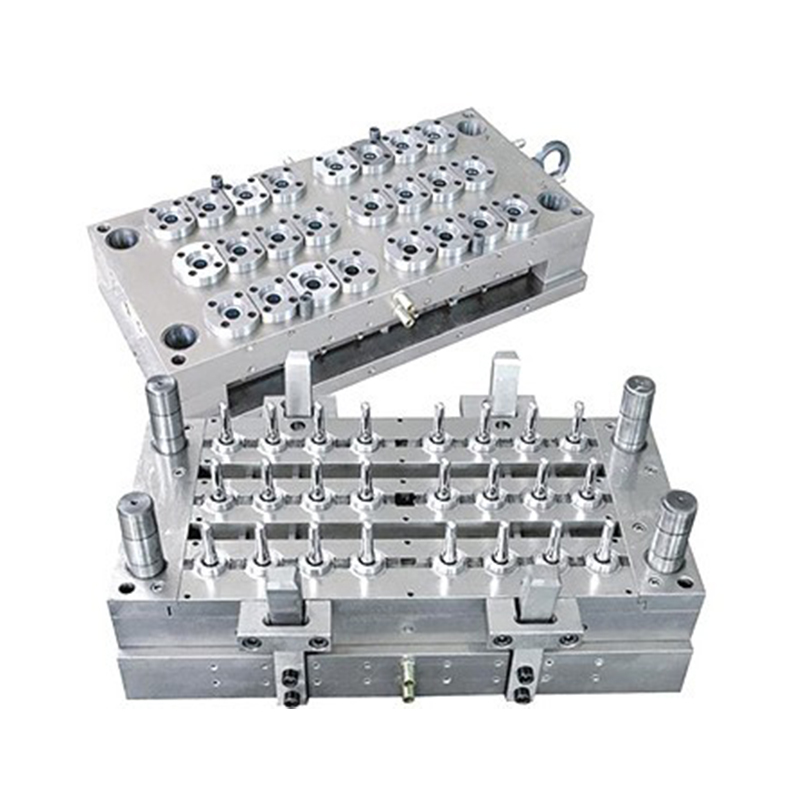Custom Supply Water Blank Mould Company For Sale
The casting of metals is a process that dates back to ancient civilizations, with techniques that have evolved significantly over time. One such development in the field of casting is the water blank mould, a method that has contributed to the advancement of the industry.
The history of metal casting is rich and varied, with early methods involving the use of sand, clay, and other materials to create moulds for molten metal. These early techniques were labor-intensive and often resulted in inconsistent quality.
The concept of using water to assist in the casting process is not a new one. However, the development of water blank moulds as a specific technique has its roots in the industrial revolution. As the demand for precision and efficiency in manufacturing increased, so did the need for more advanced casting methods. Water blank moulds emerged as a response to these demands, offering a way to produce castings with greater accuracy and less waste.
At its core, a water blank mould is a type of mould that incorporates water as a key component in the casting process. The mould is designed with a water jacket around the cavity where the metal will be cast. When the molten metal is poured into the mould, the water in the jacket cools the metal rapidly, allowing for a more precise and controlled solidification process. This results in castings with fewer defects and a higher degree of dimensional accuracy.
The use of water blank moulds offers several advantages over traditional casting methods:
Improved Accuracy: The rapid cooling provided by the water jacket allows for a more precise control of the solidification process, to castings with tighter tolerances and fewer defects.
Reduced Material Waste: The controlled cooling process reduces the amount of material that needs to be removed during post-casting machining, resulting in less waste and lower production costs.
Enhanced Surface Finish: The even cooling of the metal in the mould leads to a smoother surface finish on the casting, which can reduce the need for additional finishing processes.
Increased Productivity: The faster cooling times associated with water blank moulds can shorter production cycles, allowing for increased output and improved efficiency.
Despite the benefits, the use of water blank moulds also presents certain challenges and considerations:
Complexity of Design: The design and construction of water blank moulds can be more complex than traditional moulds, requiring specialized knowledge and expertise.
Maintenance Requirements: The water jackets in the moulds require regular maintenance to ensure proper functioning and to prevent leaks, which can compromise the casting process.
Material Compatibility: Not all metals are suitable for casting using water blank moulds. The choice of metal must be compatible with the rapid cooling process to ensure the desired results.
As the casting industry continues to evolve, the role of water blank moulds is likely to expand. With ongoing advancements in materials science and manufacturing technology, the potential for further improvements in the efficiency and capabilities of water blank moulds is significant. The industry may also see the development of new materials and techniques that enhance the performance of water blank moulds, further solidifying their place in the world of casting.
The water blank mould is a testament to the ongoing innovation and adaptation within the casting industry. While not without its challenges, this method offers a range of benefits that can enhance the quality and efficiency of casting operations.



 English
English 中文简体
中文简体








